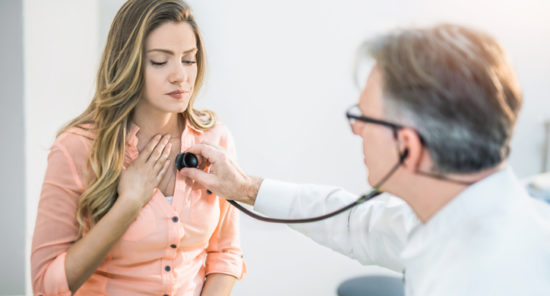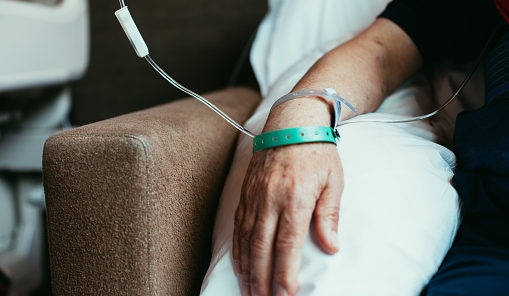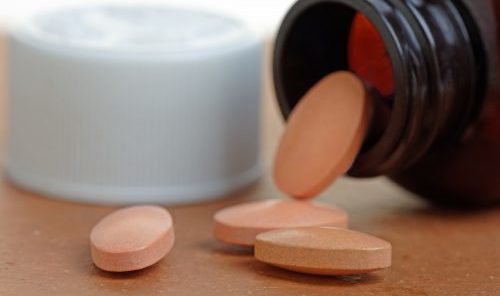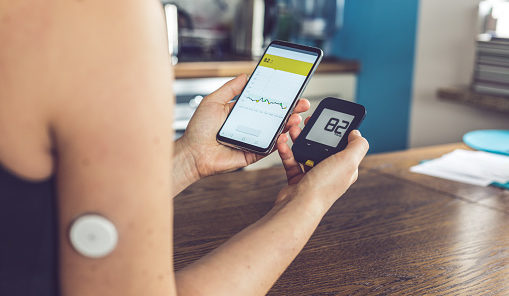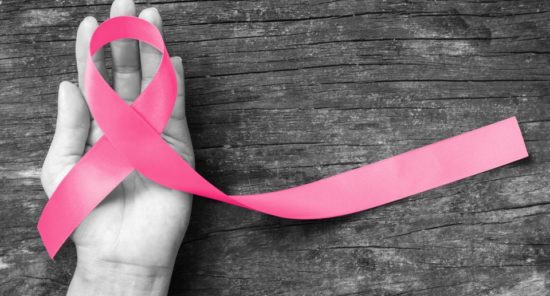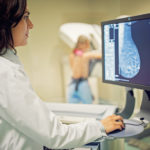
Several months after the onset of the pandemic, mammography rates nearly returned to pre-pandemic levels for most women—but for Asian and Hispanic women, the rates still lagged behind, according to a study.
“This national snapshot is important to help us focus research, outreach and intervention to close gaps that were perhaps created or made worse by the pandemic,” said lead study author Brian Sprague, PhD, associate professor of surgery at the University of Vermont Larner College of Medicine, in a press release.
Dr. Sprague and colleagues gathered data on 461,083 screening mammograms and 112,207 diagnostic mammograms conducted during January 2019 through July 2020 at 62 radiology facilities in the Breast Cancer Surveillance Consortium. Monthly screening and diagnostic mammography volumes were compared before versus during the pandemic. Mammograms were stratified by age, race, breast density, and family history of breast cancer.
In April 2020, screening mammography volume was 1.1% (95% confidence interval [CI], 0.5-2.4%) of that recorded in April 2019, and diagnostic mammography volume was 21.4% (95% CI, 18.7-24.4%). However, by July 2020, screening and diagnostic mammography volumes were 89.7% (95% CI, 79.6-101.1%) and 101.6% (95% CI, 93.8-110.1%), respectively, of July 2019 volumes.
When stratified by race, the monthly screening mammography volume in July 2020, compared to pre-pandemic numbers, was 96.7% (95% CI, 88.1-106.1%) for Black women, and for white women, 92.9% (95% CI, 82.9-104.0%). However, for Hispanic women, it was less than three-quarters of pre-pandemic volume (72.7%; 95% CI, 56.5-93.6%), and for Asian women, it was just over half (51.3%; 95% CI, 39.7-66.2%).
The study was published in the Journal of the National Cancer Institute.
“Despite a strong overall rebound in mammography volume by July 2020, the rebound lagged among Asian and Hispanic women and a substantial cumulative deficit in missed mammograms accumulated, which may have important health consequences,” the researchers concluded.
Credit: Original article published here.


